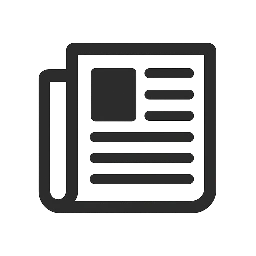The Ultimate Guide to Excavator Slewing Ring Bearings: Maintenance, Performance, and Lifespan
Excavator slewing ring bearings are vital components that enable the upper structure of an excavator to rotate smoothly under heavy loads. Understanding their function, maintenance, and performance is crucial for optimal machinery operation and longevity.
Essential Functions and Design
The excavator slewing ring bearing supports the excavator’s entire upper structure, including the cab and arm, facilitating 360-degree rotation. Its robust design handles axial, radial, and moment loads simultaneously, ensuring stability during digging and lifting operations.
Load Distribution and Rotation Mechanism
These bearings distribute immense weight and stress across the machinery’s base. Precision-engineered gear teeth integrated into the bearing allow seamless interaction with the excavator’s motor, enabling controlled rotation even under extreme conditions.
Maintenance Best Practices
Regular maintenance is key to extending the lifespan of your slewing ring bearing. Implement these practices to prevent costly downtime and repairs.
Lubrication and Contamination Prevention
Consistent lubrication reduces friction and wear. Use high-quality grease specified by the manufacturer and check seals regularly to keep out dirt and moisture, which can cause premature failure.
Inspection and Early Problem Detection
Schedule routine inspections for signs of wear, such as unusual noises or increased backlash. Early detection of issues like pitting or corrosion allows for timely intervention, avoiding catastrophic breakdowns.
Performance and Lifespan Optimization
Maximizing performance involves proper operation and proactive care. Avoid overloading and abrupt movements to reduce stress on the bearing.
Factors Influencing Durability
Operating environment, load frequency, and maintenance adherence directly impact bearing lifespan. In harsh conditions, increase inspection frequency and use protective covers when possible.
Common Questions Answered
How often should I lubricate the slewing bearing?
Follow manufacturer guidelines, typically every 100-500 operating hours, adjusting based on workload and environment.
What are signs of bearing failure?
Grinding noises, uneven rotation, or visible wear on gear teeth indicate potential failure. Address these immediately to prevent further damage.
Can I replace the bearing myself?
Replacement requires specialized tools and expertise. Consult a professional technician to ensure correct installation and alignment.
Upgrade Your Equipment Today
Ensure your excavator operates at peak efficiency with a reliable slewing ring bearing. Contact our experts for a consultation or browse our high-performance bearing solutions to enhance your machinery’s durability and productivity.

Leave a Reply